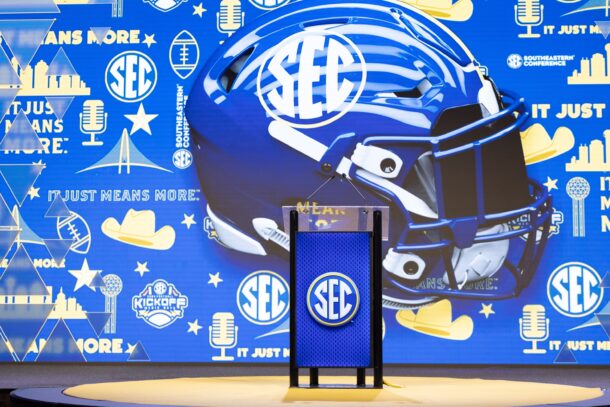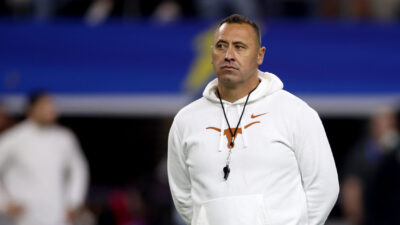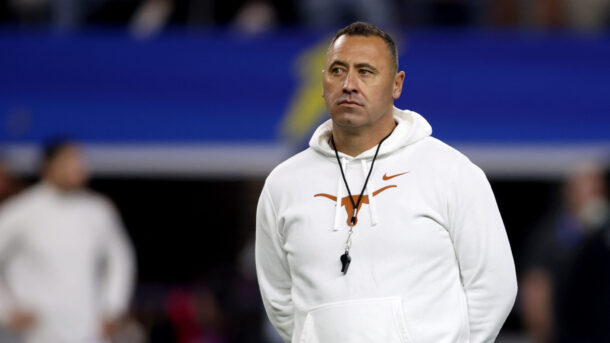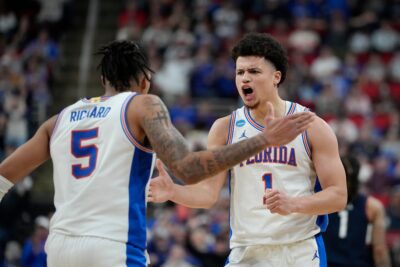Ad Disclosure
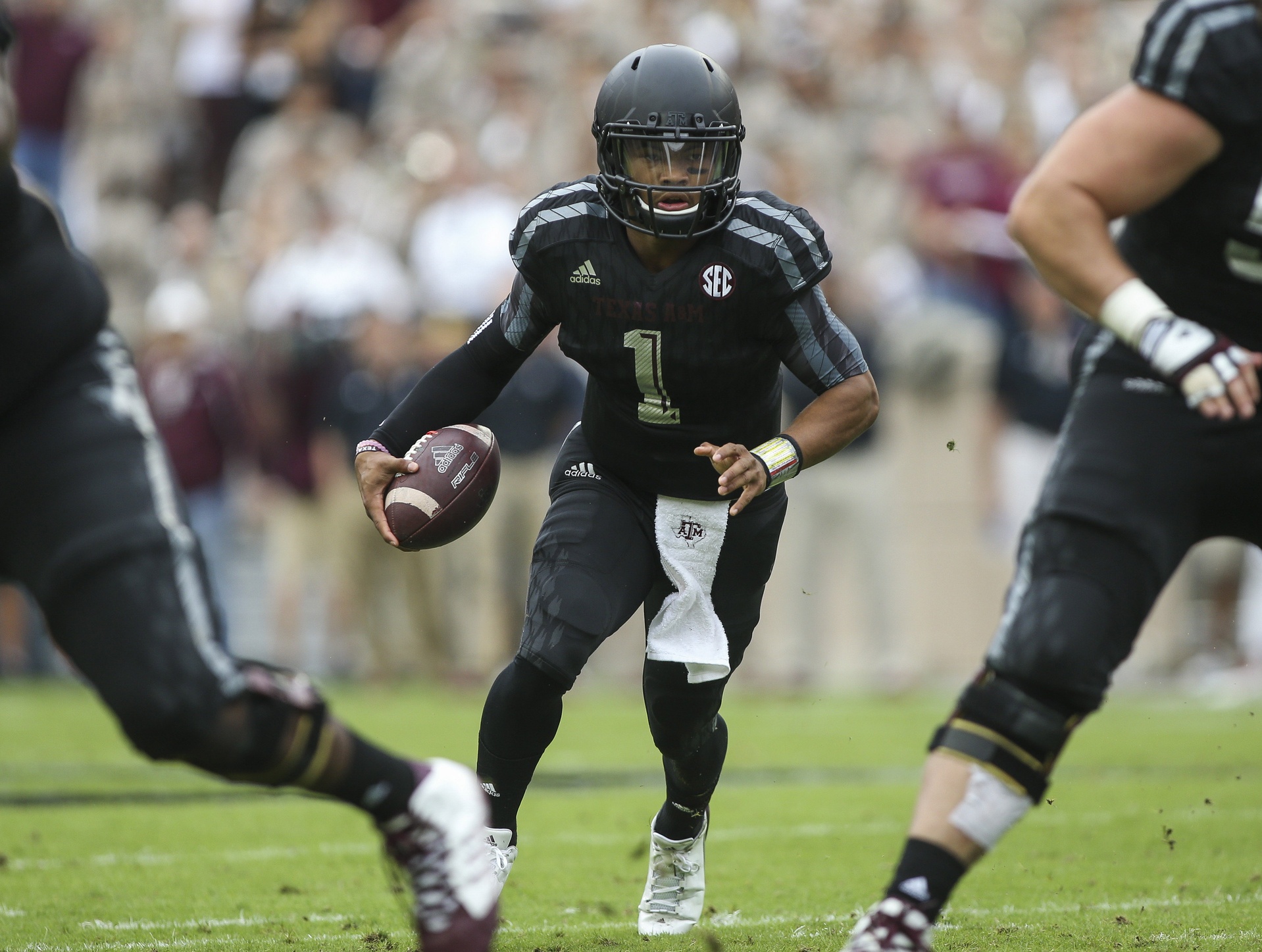
The past four weeks have been downright miserable for Texas A&M football. Three losses in four games dropped the Aggies’ record to 6-3, exactly what it was last year at this time. Like last season, victories in the first five games lifted expectations through the roof only to have them come crashing down beneath the weight of a mid-October gauntlet of games.
Therefore, one would be hard-pressed to find improvements in the Aggies’ program over last season. But they do exist, and some shine brighter than others.
Here are five measurable areas of improvement in the Aggies football program that have been made this season:
- Kyle Field – This one is the most obvious of all. The $485 million renovation makes Kyle Field the largest in terms of seating capacity (102,733) in the SEC and among the five largest in college football. The jewel of the Texas A&M campus, Kyle Field is now the new and improved Home of the 12th Man.
The nice, newly-improved facility is not only an upgrade for fans to watch the Aggies play, but also a very effective recruiting tool to welcome in those recruits who may be looking to play their college football in College Station. That’s an overall win-win for the program.
- Pass defense – When head coach Kevin Sumlin coaxed defensive coordinator John Chavis away from LSU it changed the perception of how defense would be played at Texas A&M. The general consensus being that the defensive guru would transform overnight what was considered one of the worst defenses in the SEC.
But change can sometimes be a slow process. And while Chavis hasn’t yet molded the Aggies into the bone crushing defenders he produced at LSU, and Tennessee before that, still there has been marked improvement – especially against the pass.
The Aggies defense of 2014 allowed an average of 234.8 yards passing per game. That number has been drastically reduced this season to 184.9. In addition, the Aggies cut down by almost half the number of touchdown passes allowed per game – from 1.5 a year ago, to 0.8 so far this season.
Added pressure is one of the reasons why, and that starts with sack leader Myles Garrett. The 6-5, 260-pounder recorded 11 sacks as a freshman last year. Through nine games this season Garrett has broken through for 9.5 sacks. His overall defensive numbers are up as well, from 49 tackles last season to 47 this season with three regular season games remaining. His 31 solo tackles are up from 26 at the end of last season, and 16 tackles for loss have already surpassed last year’s total of 12.5.
Daeshon Hall, on the other end of the defensive line, has also benefitted from Chavis’ defensive scheme. His numbers are up as well over last season in both tackles, 38 compared to 26 all last season, and sacks, 6.0 already this season as opposed to 3.5 in the entirety of the 2014 campaign.
Overall the numbers have improved for Texas A&M defensively. The Aggies gave up an average of 28.1 points and 450.8 yards per game last season. Over nine games this season, those numbers have been trimmed to 24.8 points and 403.2 yards.
- Run game – You have to run the football to win games in the SEC. The Aggies have improved in that area this season under embattled offensive coordinator Jake Spavital. Tra Carson has been the beneficiary, rushing for 755 yards this season – significantly better numbers than his team-high 581 yards last year.
The emergence of fleet-footed QB Kylar Murray (285 yards rushing, 6.2 average) has helped to lift the Aggies run game from 149.9 average last season to 168.6 so far in 2015. Murray has been tabbed as the starter for Saturday’s game with Western Carolina and should have ample opportunity to pad those stats.
- Coaching stability – Sumlin has brought some stability to the coaching staff at A&M. It is conceivable that he could have bolted for greener pastures after 20 victories over his first two seasons, especially considering the departure of Johnny Manziel to the NFL. But he stayed and is now in his fourth season. That’s as long as any of the last three head coaches. Dennis Franchione stayed three seasons and Mike Sherman lasted four.
- Punting – Although he did an excellent job last season, senior punter Drew Kaser has blossomed into the best there is. In 62 punts last season, Kaser averaged 44.1 yards per boot. But he has improved in 2015. Kaiser has increased his average in 41 punts to 47.9 yards, tops in the nation.
Glenn Sattell is an award-winning freelance writer for Saturday Down South.
